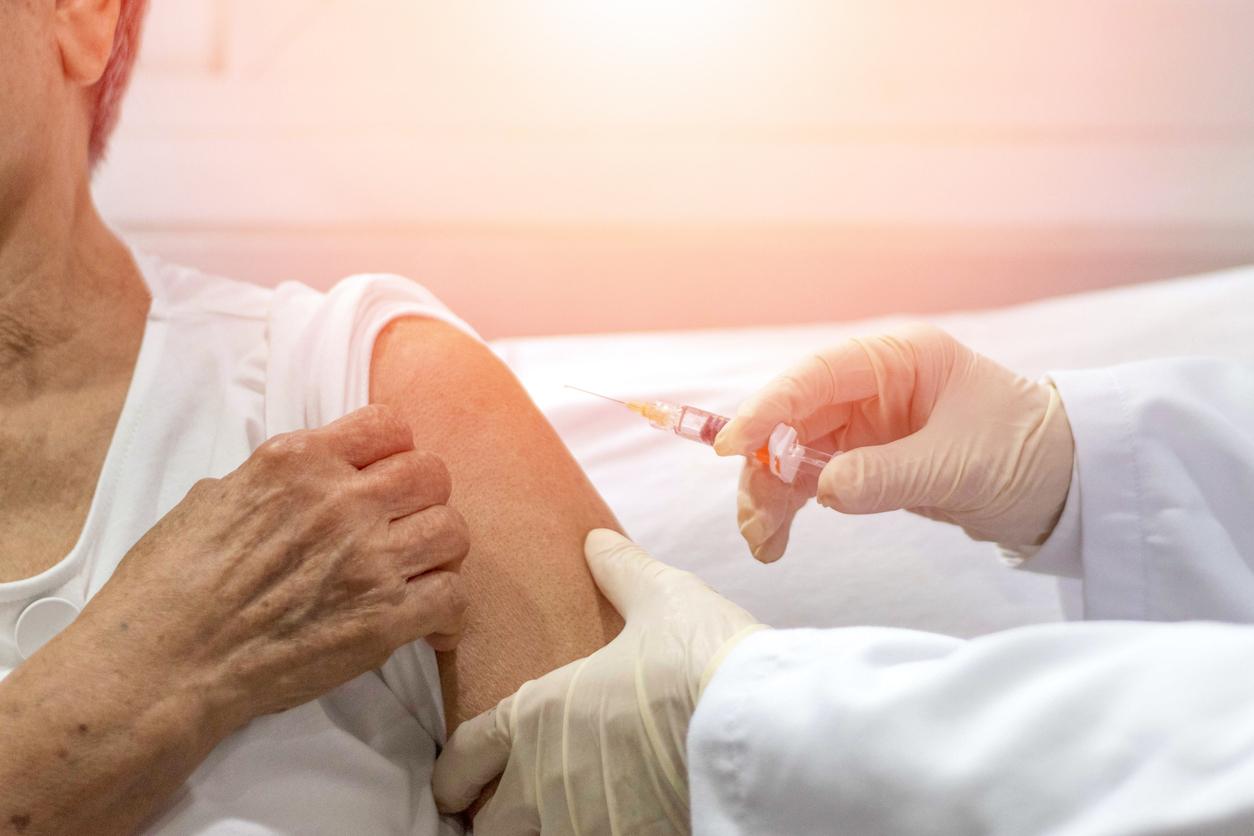Defibrillator: instructions for use
The defibrillator is used to intervene on a person showing signs of heart failure. This device takes its name from a condition called ventricular fibrillation which causes cardio-respiratory arrest which can be fatal.
There are several kinds of defibrillators:
- the defibrillator implantable (reserved for surgery),
- the automated external defibrillator (AED) battery operated,
- Defibrillators, which are now found in public places, are either fully automatic defibrillators (AED) or semi-automatic defibrillators (AED). They can be used by everyone, without prior training.
To note :
- Using the AED: the rescuer presses a button to send a shock (defibrillation);
- Use of the AED: the machine takes care of everything.
Good to know: During the intervention, ask a loved one to dial 15 or 112 (Europe), in order to notify the emergency services as quickly as possible. The instructions are given clearly as soon as you turn on the device.
How to prevent heart problems
- The causes of a heart disorder can be:
- Food: Excess fat can clog the arteries, especially those in the heart, which can no longer pump blood easily and gets tired causing difficult and tiring breathing.
- Toxic: excess of alcohol, tobacco, etc. ;
- Physical: lack of physical exercise and sedentary lifestyle;
- Certain diseases, whether diagnosed or not, can lead to cardiovascular complications. This is particularly the case of the Lyme disease whose symptoms are numerous and can affect many organs.


















